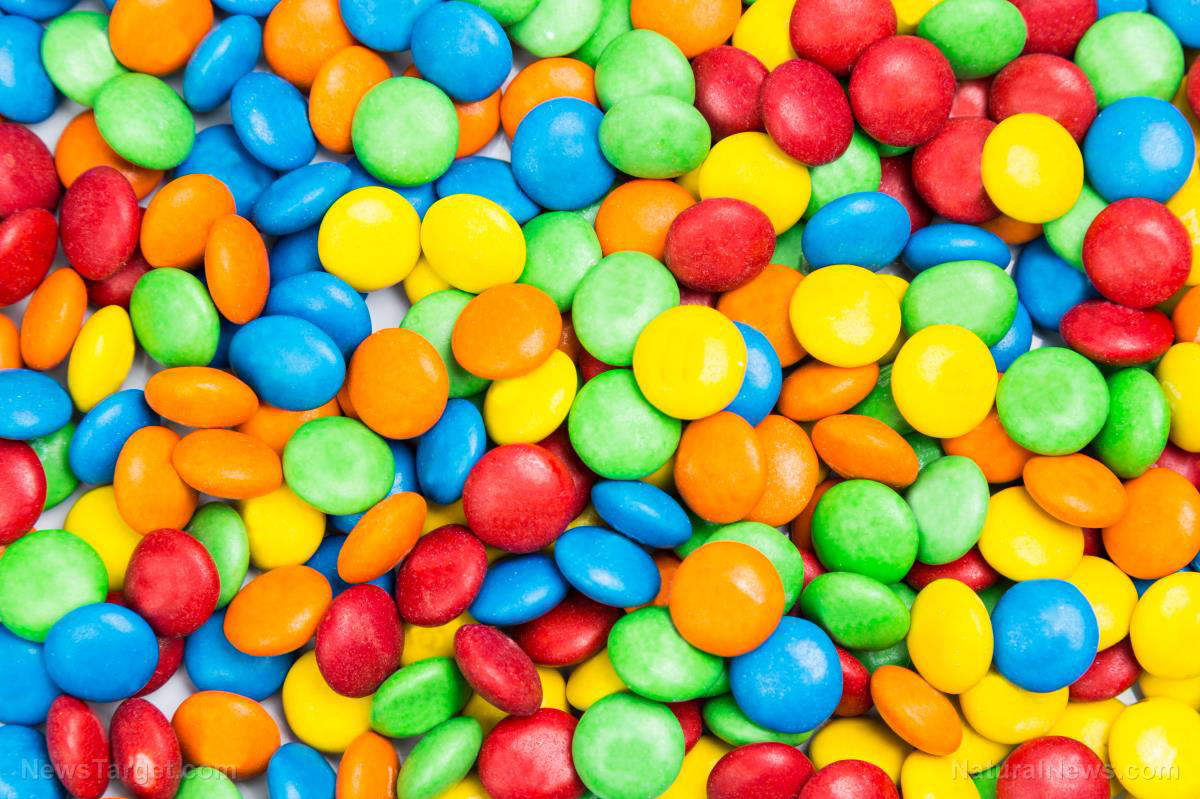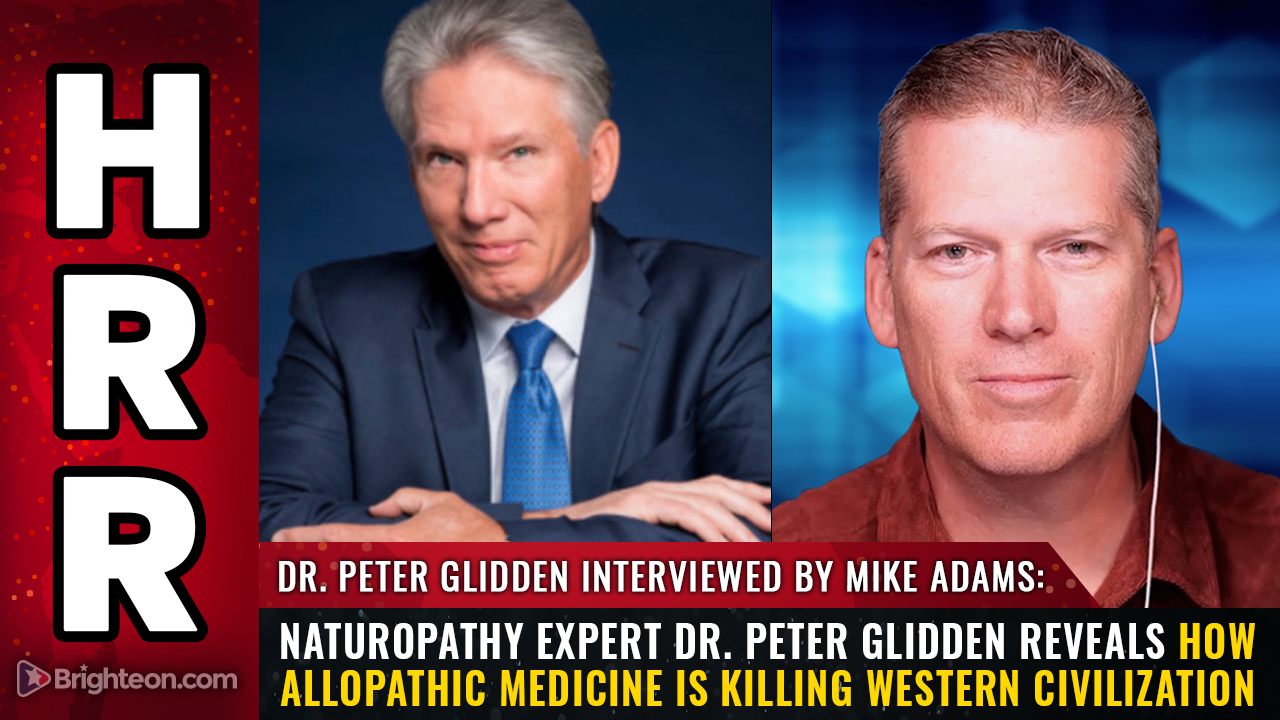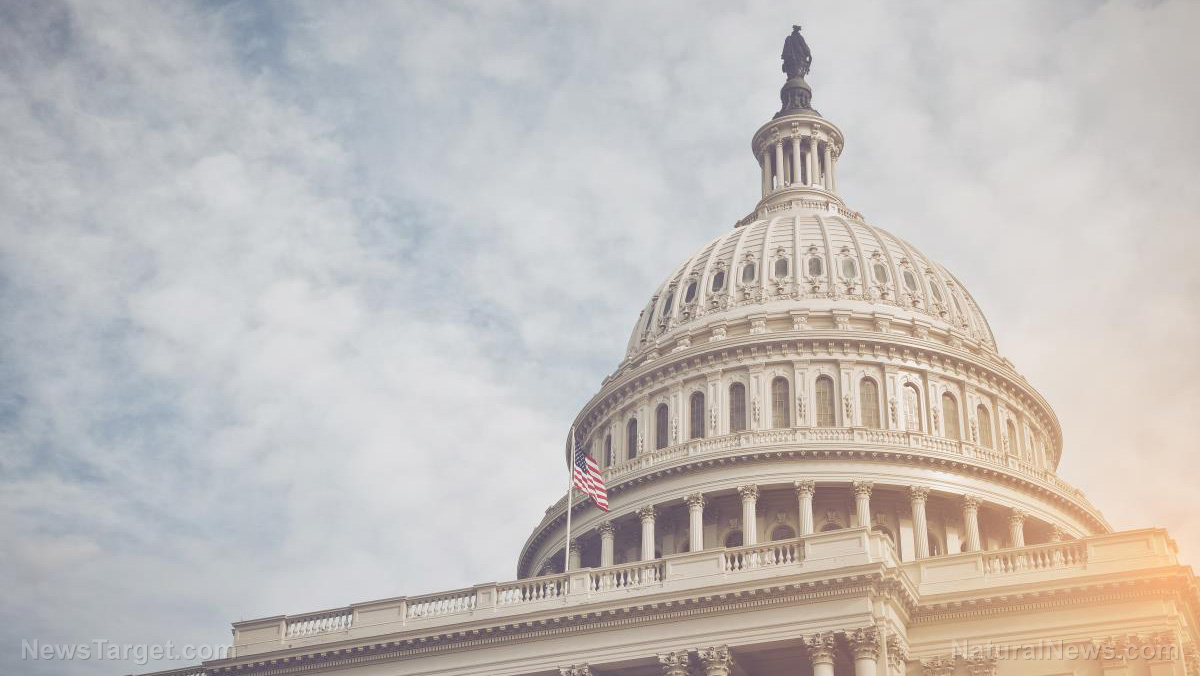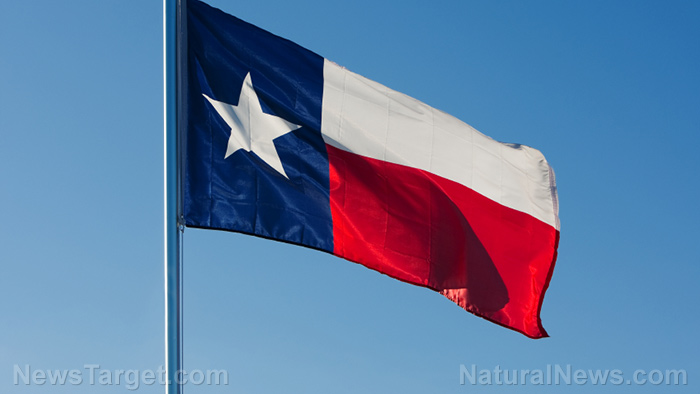 Parler
Parler Gab
Gab
- Major food companies like Hershey and Kraft Heinz are removing harmful artificial dyes by 2027 in response to federal bans and consumer backlash.
- Studies link synthetic dyes to hyperactivity in kids, prompting FDA action and corporate reformulation efforts.
- Millennial and Gen Z parents are driving demand for cleaner ingredients, forcing brands to abandon chemical additives.
- Fast-food chains like In-N-Out Burger are already removing artificial colors to stay competitive.
- This marks a major shift as science and consumer pressure finally overcome Big Food’s resistance to change.
The great dye exodus
For years, Big Food dismissed concerns about artificial colors, even as studies linked them to behavioral disorders and parents demanded cleaner labels. But now, facing federal action and a mass exodus of customers to organic alternatives, corporations are scrambling to reformulate. Hershey confirmed this week it will eliminate synthetic dyes from its snacks by 2027, replacing ingredients like polyglycerol polyricinoleate with "simple and easy-to-understand" components such as fresh milk and roasted almonds. The company’s stock surged 4% following the announcement in a clear signal that Wall Street sees profit in purity. Kraft Heinz, General Mills, Nestle, and Conagra have made similar commitments. Kraft Heinz will remove artificial dyes from products like Jell-O and Kool-Aid within two years, while General Mills plans to strip them from school foods by 2026. "We are continuously evolving our recipes to deliver superiority to consumers," said Kraft Heinz North America President Pedro Navio. Meanwhile, PepsiCo is accelerating its phaseout of dyes, particularly in energy drinks like Rockstar, which a recent study found to be among the "worst offenders."Science busts Big Food’s myths
The retreat follows a landmark April announcement by Health and Human Services Secretary Robert F. Kennedy Jr. and FDA Commissioner Dr. Marty Makary, who revealed plans to purge eight synthetic dyes from the food supply. Their decision was backed by decades of research, including a Brain Research study showing certain additives exacerbate hyperactivity in sensitive individuals. Another study, published in the Journal of the Academy of Nutrition and Dietetics, found synthetic dyes in 19% of U.S. packaged foods, primarily candies, cereals, and sugary drinks marketed to children. "The high levels of sugar in these brightly colored products suggest companies are using synthetic dyes to market sweet foods, but both ingredients are linked to poor health outcomes," warned Elizabeth Dunford of the University of North Carolina. Critics like the National Confectioners Association dismissed such findings, claiming the research ignored "exposure to consumers." Yet even industry-aligned groups like the Consumer Brands Association begrudgingly admitted that federal intervention was preferable to a "state patchwork of differing laws." The FDA’s glacial response to synthetic dyes mirrors its historically cozy relationship with food lobbyists. While regulators insist dyes like Red 40 meet "strict safety standards," independent researchers argue the approval process is riddled with conflicts of interest. Dr. Ben F. Feingold, a pioneering researcher who linked diet to hyperactivity, spent years battling industry pushback before his death in 1982. His work laid the groundwork for modern scrutiny of food additives, yet corporations continued peddling rainbow-colored junk food to children—until now. States like California have already moved to ban certain dyes, and with federal action looming, companies like In-N-Out Burger are proactively reformulating. The chain recently nixed artificial colors from milkshakes, pickles, and sauces, proving even fast-food giants can adapt when profits are at stake.Protecting the next generation of Americans
This shift isn’t just about avoiding litigation; it’s about survival. Millennial and Gen Z parents are abandoning legacy brands en masse, opting for products with recognizable ingredients. As General Mills noted, 85% of its lineup is already dye-free, highlighting how easily the remaining 15% could be reformed. The question is no longer whether synthetic dyes are harmful, but why corporations fought so hard to keep them. By voting with their wallets, health advocates have forced an industry built on chemical-laden junk food to finally change course. As Kennedy’s plan rolls out, Americans may soon see fewer neon-bright candies lining shelves—and fewer children suffering the consequences of corporate greed. Sources for this article include: TheEpochTimes.com Reuters.com NYPost.com ABCNews.go.comBy Finn Heartley // Share
Synthetic human DNA project sparks ethical alarms amid fertility crisis
By Willow Tohi // Share
House passes “Big Beautiful Bill” in narrow vote
By Laura Harris // Share
Got good gut bacteria? You need it to remove FOREVER CHEMICALS from your body
By S.D. Wells // Share
Governments continue to obscure COVID-19 vaccine data amid rising concerns over excess deaths
By patricklewis // Share
Tech giant Microsoft backs EXTINCTION with its support of carbon capture programs
By ramontomeydw // Share
Germany to resume arms exports to Israel despite repeated ceasefire violations
By isabelle // Share










